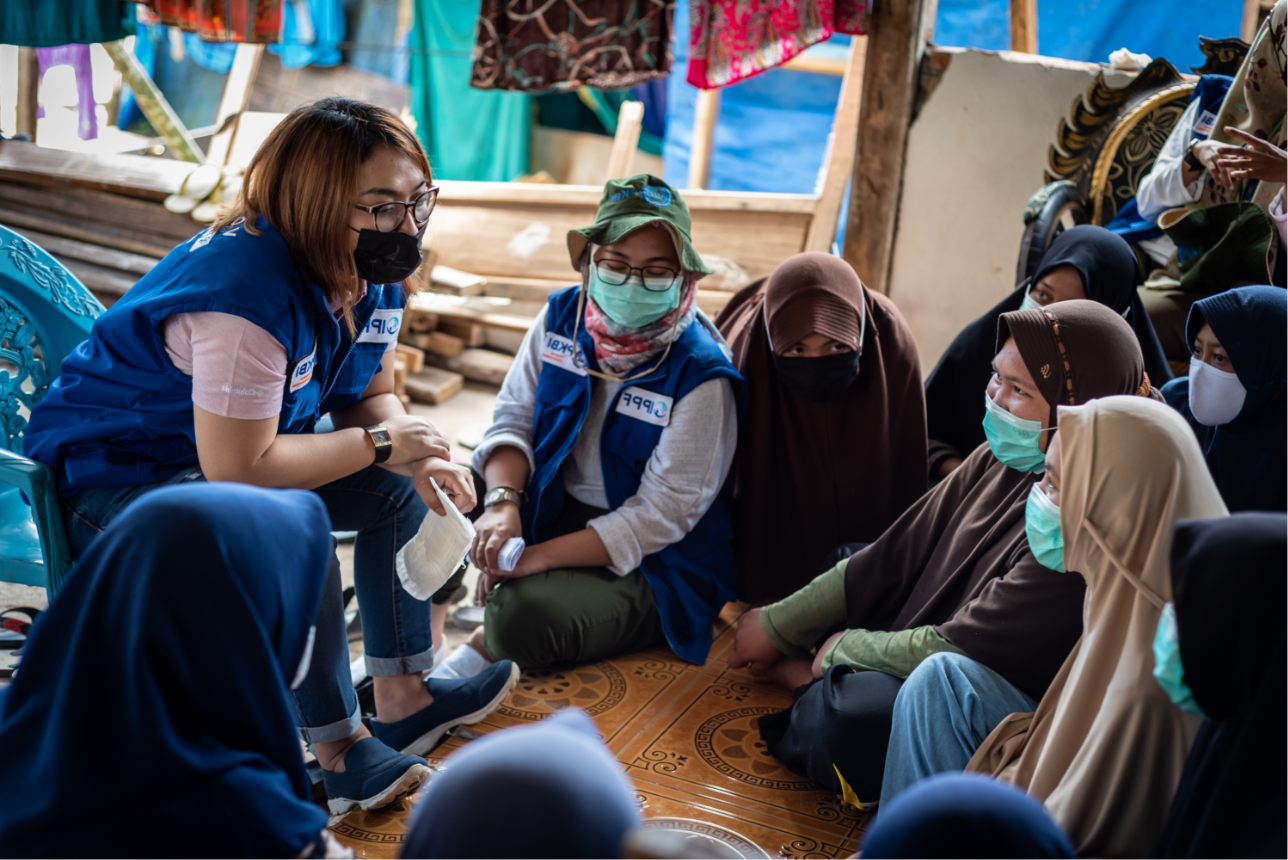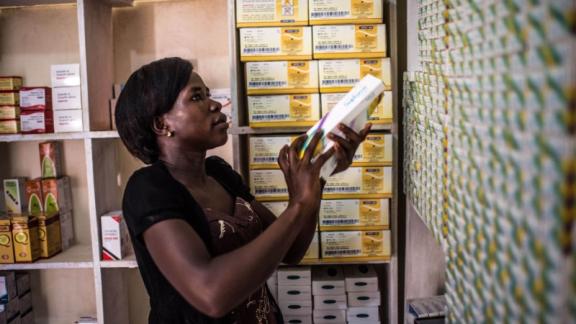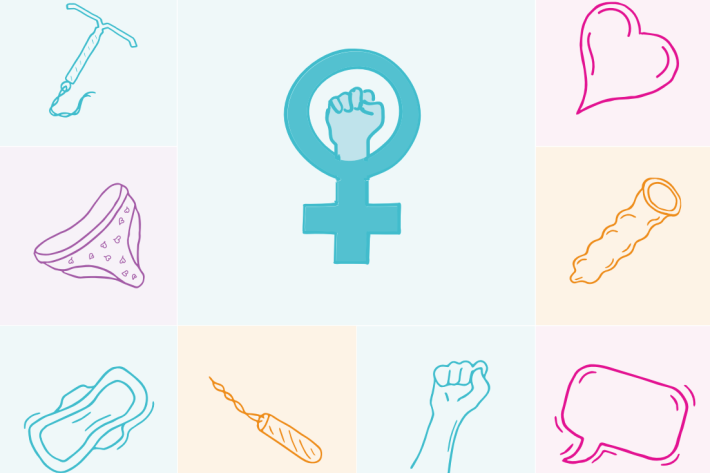Spotlight
A selection of resources from across the Federation

Review of IPPF’s Governance Reform
This report aims to identify the greatest impacts of the governance reform on the Federation and its work, enabling factors and barriers to reform, opportunities to build on and key lessons learned.
Filter our resources by:


| 23 September 2022
IMAP Statement on DHI for SRHR
IPPF understands that DHIs can bridge gaps between formal and community-based models of SRH service delivery and offer unique benefits such as accessibility, privacy, anonymity, linkages to the health system and opportunities for continuous programme monitoring and evaluation. The COVID-19 pandemic accelerated the use of DHIs in SRH care globally, and these are becoming part of the spectrum of SRH service delivery options, complementary to in-person and self-care options. This statement addresses the key attributes for providing safe, quality, accessible person-centered care, and ultimately fulfilling clients’, including women's and girls' right to SRH care when, where, and how they choose to. Download in English, French, Spanish and Arabic below.
















